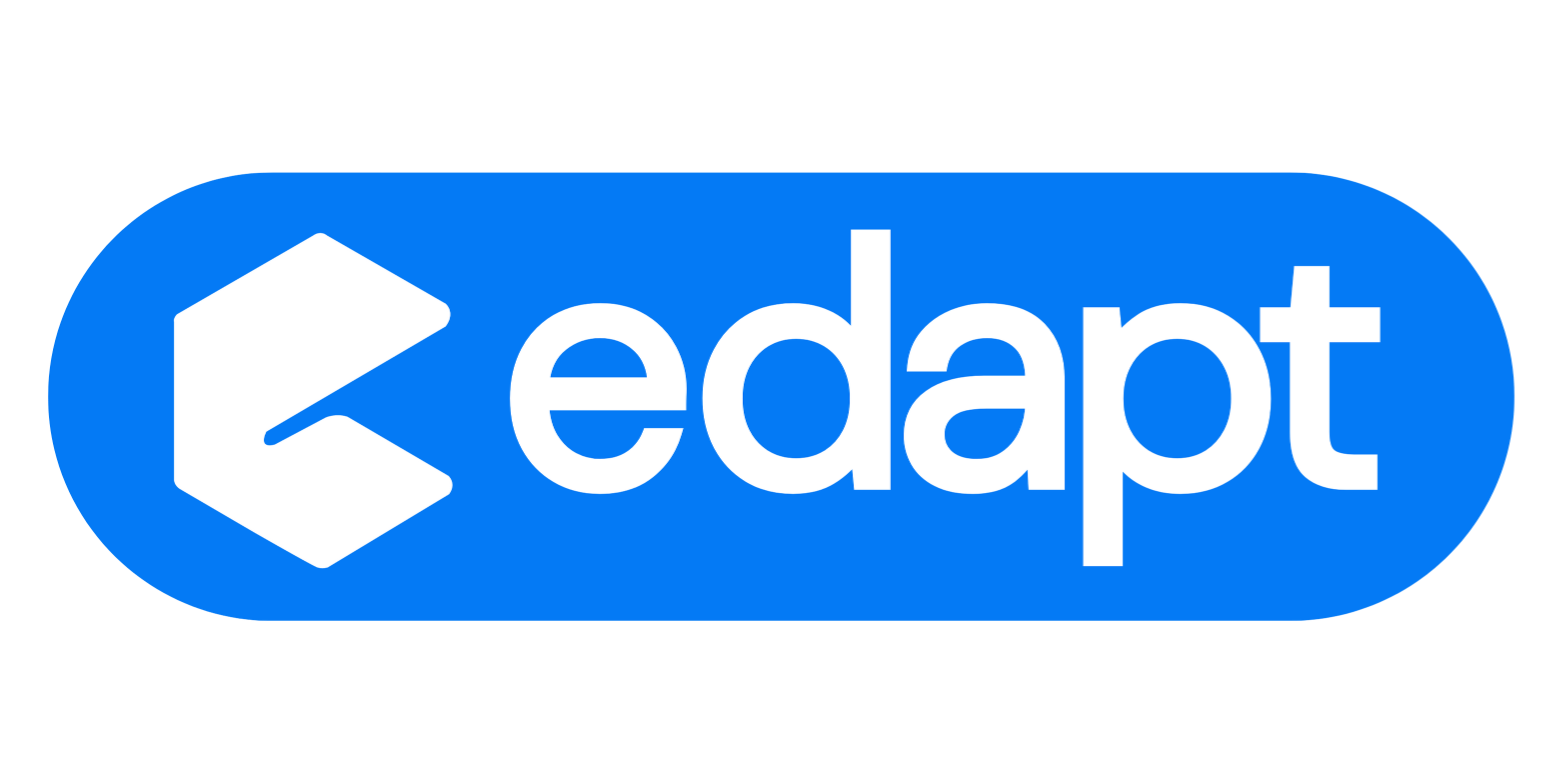There are no items in your cart
Add More
Add More
| Item Details | Price | ||
|---|---|---|---|
Getting odd replies from AI? The problem isn’t the model — it’s your prompt. Google’s new playbook reveals how to write prompts that actually work. From smart examples to powerful formats, it’s your key to mastering AI tools like Gemini.
14/04/2025

Image Source: Google

{{EDAPT}}
An EdTech Platform